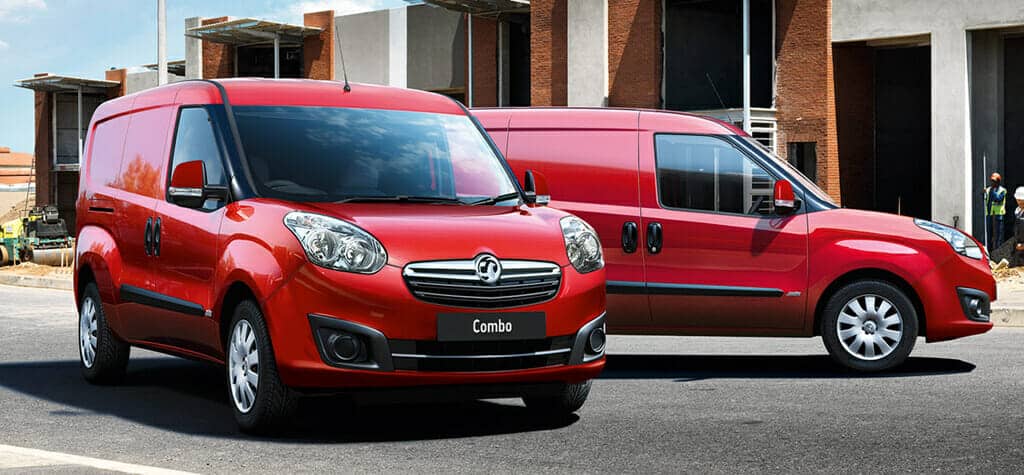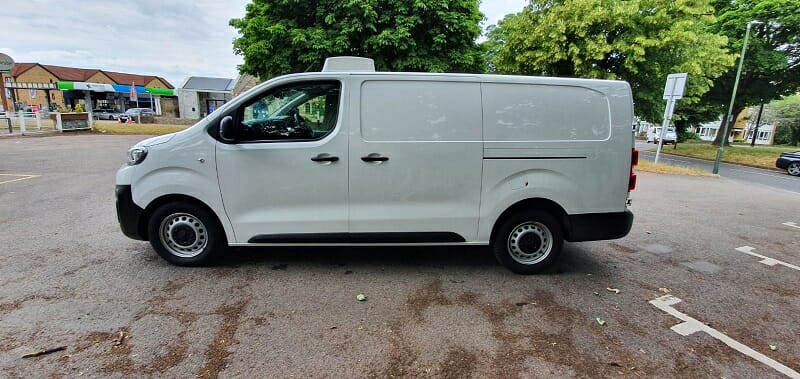
Fridge vans: how do they work?
Sometimes fridge vans, and refrigeration systems in general, can appear complex and mysterious. After all, it’s a piece of machinery that can bring temperatures down to exceptionally low temperatures, much lower than the ambient temperature of the environment that it’s in, and in some cases lower than the ambient temperature of anywhere on Earth! We see fridge vans on the road all the time, and it’s not uncommon for people to wonder exactly how they work.
Fridge vans have a very similar mode of operation to household refrigeration systems. They use an insulated airtight compartment, and a condenser system to remove the heat from the inside of the system.
In a fridge van, the insulation is absolutely crucial to successful operation of the refrigeration. This is because the van will be outside, and there is a heat-generating engine at the front of the vehicle. For this reason, fridge vans generally have a much thicker and higher quality layer of insulation than standard household fridges and freezers. The insulation is generally made from extremely high-density polymer foam, containing billions of miniscule air bubbles. This thick foam stops heat from getting into the vehicle.
The refrigeration system works by removing heat and dissipating it outside. When this is done in an insulated environment the temperature can be lowered significantly. If the insulation is sufficiently thick and the condenser system is powerful enough, the temperature inside can be taken down to freezing, or even lower.
The apparatus consists of three primary elements: a condenser, a compressor and an evaporator. The condenser is a network of thin pipes that contain a special coolant fluid. This is a liquid that has been very specifically formulated to absorb heat in an extremely efficient way. As the liquid runs around the pipe network, it absorbs the heat inside the system, warming up and turning into a gas as it circulates.
Once the gas reaches the other end of the pipe network, it goes into the compressor where it is compressed down to an extremely high pressure. Then the evaporator pushes air from the outside through the high-pressure gas. This process cools the coolant gasand turns it back into a liquid, while dissipating the heat into the atmosphere. The result is a severely reduced temperature inside the insulated compartment.
Of course it takes electrical power to carry out this process, and the source of this electrical power is the main difference between a fridge van mechanism and the type of fridge mechanism you’d find in your home. While you’d plug your fridge into a wall and draw power from the domestic current, obviously this isn’t possible in a mobile unit. The solution is to use a direct drive mechanism that powers the refrigerator system through power generated by the fridge van’s engine.
However, there are some types of fridge van that use a separate generator rather than drawing power from the engine. These are normally employed in situations where the fridge van will be stationary for a large amount of time, such as in on-site catering situations. For delivery use, the direct drive system from the engine is usually regarded as a much more efficient and simple solution. Call Glacier Vehicles today if you have any questions!


